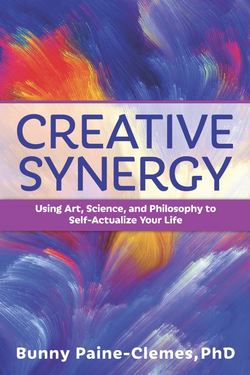Читать книгу Creative Synergy - Bunny Paine-Clemes - Страница 46
На сайте Литреса книга снята с продажи.
Integral Creativity
ОглавлениеSpirit and science have been split since Descartes, but Ken Wilber explains that the masters of the great mystical traditions have experiences that are universal and can be replicated, just like scientific experiments, by someone who can attain the same states of consciousness:
. . . these claims are not dogmatic; they are not believed in merely because an authority proclaimed them, or because sociocentric tradition hands them down, or because salvation depends upon being a “true believer.” Rather, the claims about these higher domains are a conclusion based on hundreds of years of experimental introspection and communal verification. False claims are rejected on the basis of consensual evidence, and further evidence is used to adjust and fine-tune the experimental conclusions.
These spiritual endeavors, in other words, are scientific in any meaningful sense of the word, and the systematic presentations of these endeavors follow precisely those of any reconstructive science.98
In other words, the inner science of spirituality has the same rules as the outer science of logical positivism: experimentation and replication. Experts in both fields can replicate the same results, though laymen may not have the “domain-specific skills” to do so.
The Dalai Lama, who has met with many leaders of the scientific community, reports that he has “long been gripped with a fascination for the parallels between this form of empirical investigation and those I had learned in my Buddhist philosophical training and contemplative practice.” Science observes “phenomena,” generates hypotheses, and “validates” them through experiments that, if replicated, contribute to the field. “The Buddha advises” testing “the truth of what he has said through reasoned examination and personal experiment.”99 As Paramhansa Yogananda says, “’Meditation is to religion what the laboratory is to science.’”100
